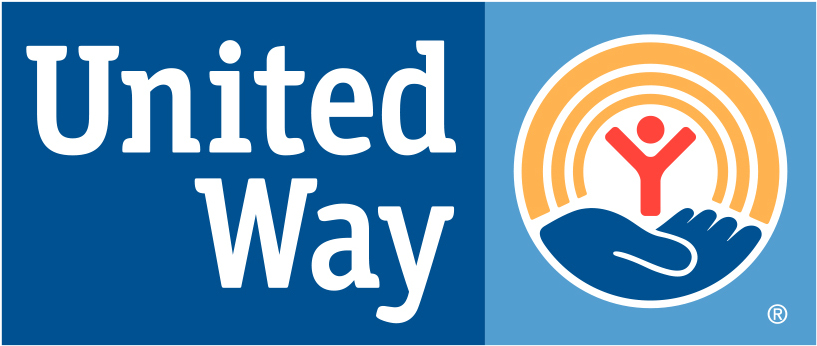Advocate for Support
Out-of-School Time coalitions must continually advocate for public & private support of and sustained investment in quality OST initiatives in their communities. United Ways play a key role in advocacy, because they can use their positioning in their local community along with data on the positive impact of OST programs to make a strong case for Out-of-School Time and inspire action. These United Way-led advocacy efforts can work to increase OST funding, enhance the allowable use and blending of funds, and get quality prioritized in fund allocation and program implementation.
<!-- .indented { padding-left: 100pt; padding-right: 100pt; } -->
Make Your Case
More than a decade of research links sustained participation in Out-of-School Time (OST) programs to positive academic outcomes that support student success, including: improved work-study habits, increased interest and engagement in learning, and improved classroom grades and performance on standardized tests.Your United Way can use research like this to demonstrate the positive academic outcomes of OST programs and ask for support— whether in the form of monetary donations or volunteers— but this is not enough.
United Ways and their Out-of-School Time partners must continually advocate for public and private support of and sustained investment in quality out-of-school time initiatives in the communities in which they work. To do this, your United Way can deepen its impact by using data from studies documenting the need and demand for OST programs, such as this data from the Afterschool Alliance's 2014 "America After 3PM" Report":
1 in 5
— or 11.3 million— children and youth in grades K-12 must take care of themselves after school ends
3-6 PM
The hours of greatest risk for youth— juvenile crime peaks & youth are more likely to consume alcohol or drugs
41%
Of parents— that is parents of 19.4 million children— would enroll their child in an afterschool program if one were available
The afterschool hours are imperative in the academic and social success of children and youth. Working parents want their children to participate in safe, structured and enriching Out-of-School Time activities during non-school hours. Yet many parents feel that there are not enough accessible and affordable programs in existence.
Your United Way should advocate for increased access to, opportunity for, and quality of Out-of-School Time programs. To do so effectively, it is important that your United Way stays up-to-date on the current movements in the OST field. Head to the Featured Topics page, which gives you direct access to key resources in the areas of STEAM, Literacy, Mentoring, Summer Learning, Common Core, and more!
Drive Your Point Home with Community-Level Data
Even though using national data can help United Ways provide a big picture view of the issue, your United Way can also work with local partners and as part of Out-of-School Time coalitions to bring the focus onto your own community. You can start by understanding the OST environment in your state by taking advantage of the America After 3PM 2013 state-by-state findings here. Then, in order to obtain and take advantage of community-level data, your United Way can ask questions and inspire coalition members to make inquiries—focused on the local community—such as:
How many children and youth in your community are on their own afterschool? Are parents in your community satisfied with the availability of OST programs? What do parents and youth want from programs in which they participate? What are the juvenile crime rates in your community?
Through gaining this insight, your United Way can be better positioned to advocate on behalf of the educational issues that present themselves in your local community. The points made, then, by your United Way can draw an important bridge between community needs, the broad Out-of-School Time context, and the current OST initiatives in your community.
Understand the Difference Between Advocacy & Lobbying
It is important to recognize the distinction between advocacy and lobbying— two concepts that are similar and often aligned, yet differ in some key ways. Since 501(c)(3) public charities cannot lobby, they tend to steer away from some types of advocacy. However, according to the IRS, lobbying is only when a group attempts to influence specific legislation by contacting or urging the public to contact “members or employees of a legislative body for the purpose of proposing, supporting, or opposing legislation, or if the organization advocates the adoption or rejection of legislation.”
This means that your United Way can take actions like contacting a legislator to express the need for increased support of high-quality Out-of-School Time programs and the benefits they provide to youth. You just cannot encourage a legislator to vote a certain way on a particular piece of legislation. Therefore, your United Way can be highly engaged in public policy issues, as long as you remain aware of the line between lobbying and advocacy.
Go to the Advocacy Learning Module by clicking here. You can explore the aforementioned concepts in an interactive manner to grow your organization's capacity for effectively engaging in advocacy efforts!
Use the tools provided in this toolkit in conjunction with your own local data and success stories to make the case for why high quality Out-of-School Time programs are essential for ensuring that children, youth and their families have the opportunities necessary to support their continued development and academic success.
Make an effective case for continued public and private investment in Out-of-School Time programs.
Tips
United Way Examples
Additional Resources
